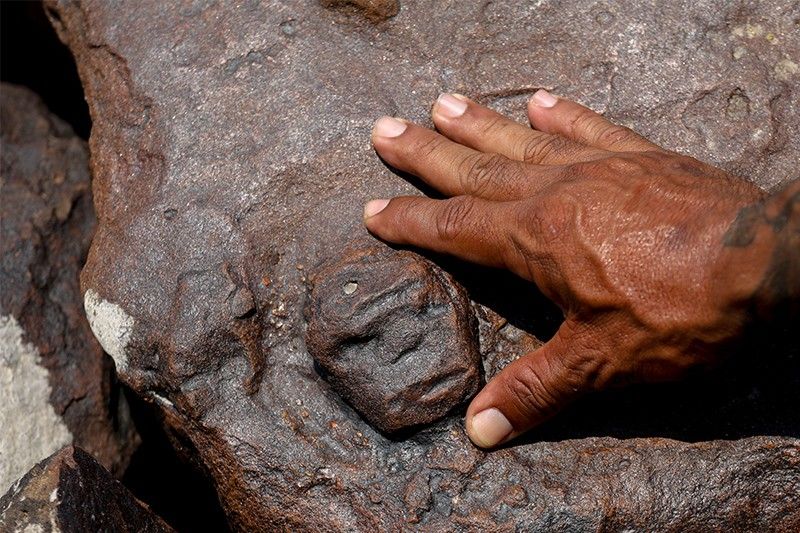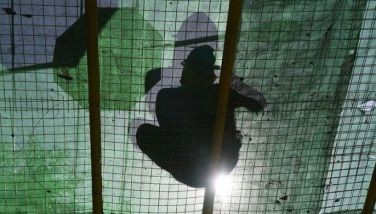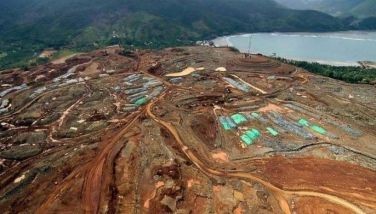Drought in Brazil's Amazon reveals ancient engravings

MANAUS, Brazil — An extreme drought in parts of the Amazon has led to a dramatic drop in river water levels, exposing dozens of usually submerged rock formations with carvings of human forms that may date back some 2,000 years.
Livia Ribeiro, a longtime resident of the Amazon's largest city, Manaus, said she heard about the rock engravings from friends and wanted to check them out.
"I thought it was a lie ... I had never seen this. I've lived in Manaus for 27 years," said Ribeiro, an administrator, after viewing the dazzling relics.
The rock carvings are not usually visible because they are covered by the waters of the Negro River, whose flow recorded its lowest level in 121 years last week.
The surfacing of the engravings on the riverbank have delighted scientists and the general public alike but also raised unsettling questions.
"We come, we look at (the engravings) and we think they are beautiful. But at the same time, it is worrying... I also think about whether this river will exist in 50 or 100 years," Ribeiro said.
Drought in Brazil's Amazon has drastically reduced river levels in recent weeks, affecting a region that depends on a maze of waterways for transportation and supplies.
The Brazilian government has sent emergency aid to the area, where normally bustling riverbanks are dry, littered with stranded boats.
According to experts, the dry season has worsened this year due to El Nino, an irregular climate pattern over the Pacific Ocean that disrupts normal weather, adding to the effect of climate change.
The engravings comprise an archaeological site of "great relevance," said Jaime Oliveira of the Brazilian Institute of Historical Heritage (Iphan).
They are at a site known as Praia das Lajes and were first seen in 2010, during another period of drought not as severe as the current one.
The rock carvings appear against a backdrop of dense jungle, with the low brownish waters of the Negro River flowing nearby.
Most of the engravings are of human faces, some of them rectangular and others oval, with smiles or grim expressions.
"The site expresses emotions, feelings, it is an engraved rock record, but it has something in common with current works of art," said Oliveira.
For Beatriz Carneiro, historian and member of Iphan, Praia das Lajes has an "inestimable" value in understanding the first people who inhabited the region, a field still little explored.
"Unhappily it is now reappearing with the worsening of the drought," Carneiro said. "Having our rivers back (flooded) and keeping the engravings submerged will help preserve them, even more than our work."
- Latest






























